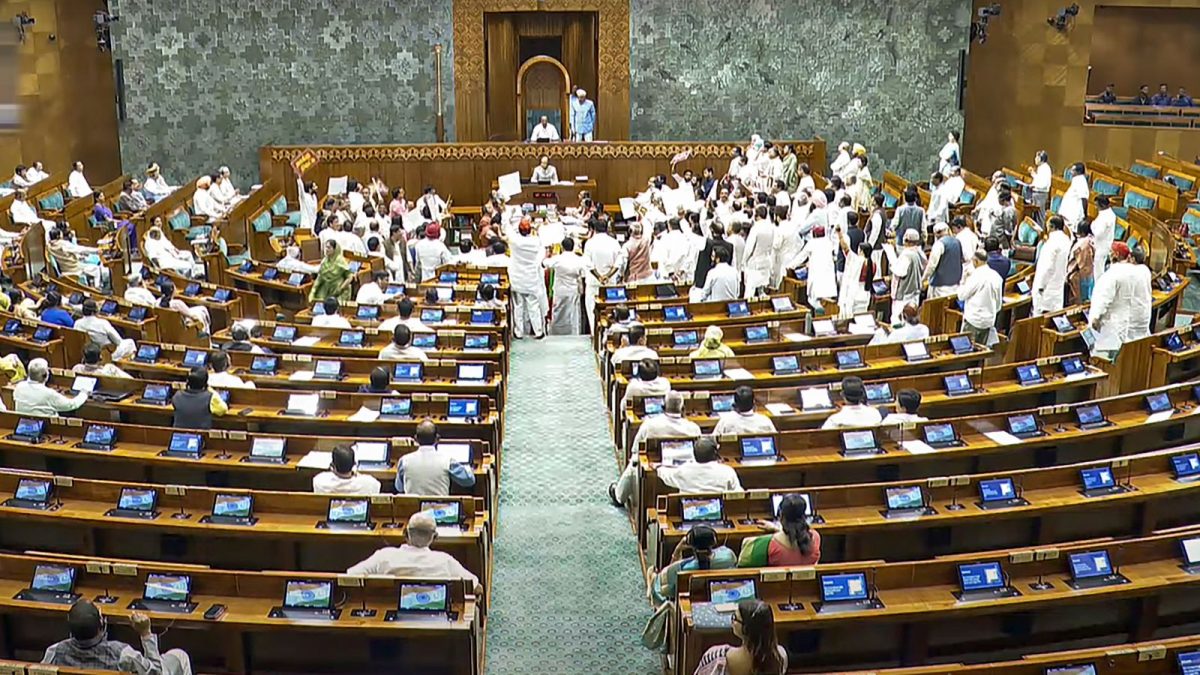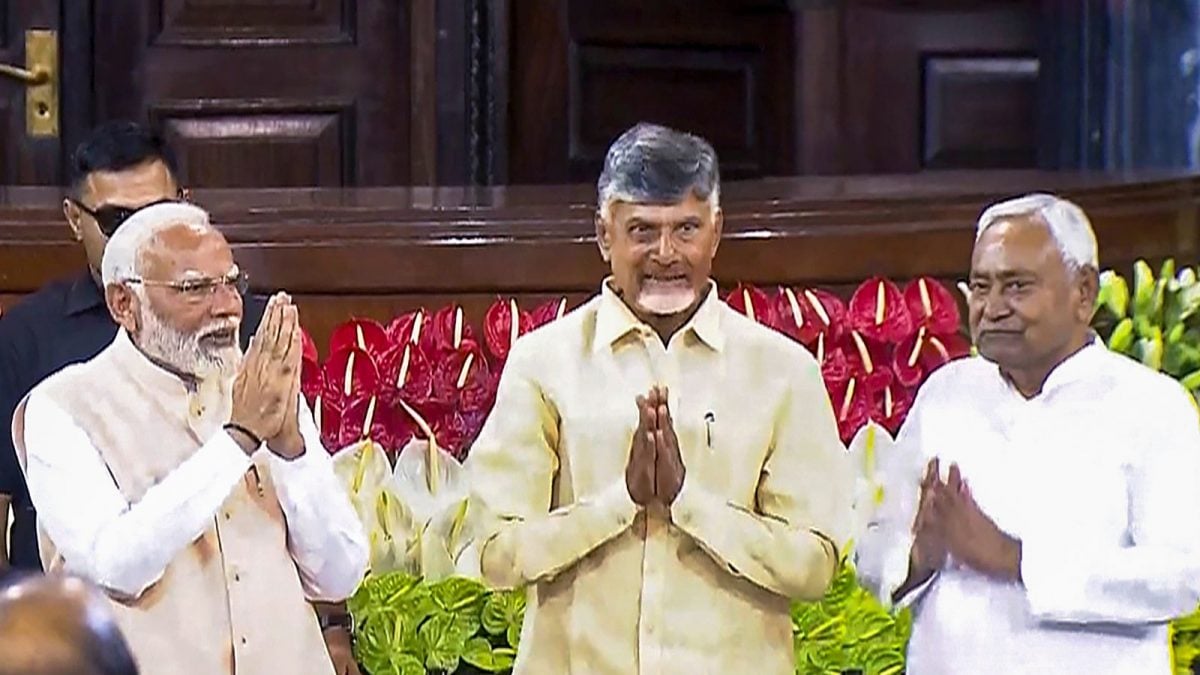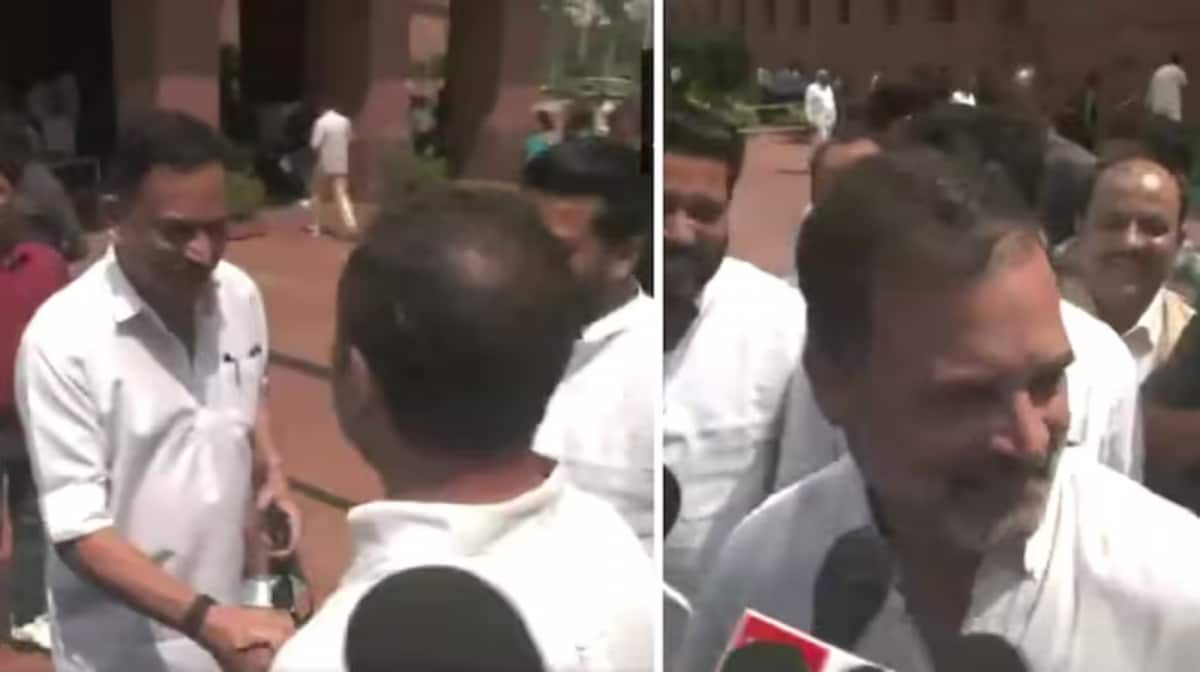ARTICLE AD BOX
Last Updated:August 20, 2025, 21:01 IST
Internal reservations for Dalits had been a three-decade-old demand that had become a vexed issue for every government, particularly at the time of elections

Siddaramaiah’s latest move is being seen as a 'master stroke' by some leaders in the Congress party. File pic/PTI
The Karnataka cabinet decision on internal reservation is seen as a “clever balancing act" of chief minister Siddaramaiah between the right and the left sects among the Scheduled Castes to consolidate his political base.
The cabinet decided to provide reservation, sliced the 17% Scheduled Caste quota into three parts—6% each for Dalit Right (Holeyas) and Dalit Left (Madigas), and 5% for Lambanis, Koramas, Korachas, Bhovis and 59 other “touchable" communities.
The cabinet reduced the grouping recommended by the Justice Nagamohan Das commission from five to three. It also changed the pattern of reservation.
The commission had suggested five categories—6% for Dalit Left, 5% for Dalit Right, 4% for Lambanis and Bhovis, 1% for Nomads, and 1% for Adi Karnataka and Adi Dravida. The cabinet merged these into three blocks: 6%, 6%, and 5%.
The decision, taken late Tuesday night, saw colourful scenes of celebration with large crowds from Dalit groups gathering near Vidhana Soudha and distributing sweets.
Aftermath of SC ruling
Karnataka becomes the third state in the country to implement internal reservation, following Haryana and Telangana, after the Supreme Court ruled in favour of internal reservation among the 101 Scheduled Castes. Andhra Pradesh and Tamil Nadu have already put in place arrangements using state legislation like the Arundhati Act.
In March this year, the Karnataka government had announced that the Justice Nagamohan Das commission would conduct a fresh survey to classify sub-castes scientifically. The commission conducted training for the surveyors and asked them to utilise advanced technology to complete the survey in 30–40 days, after designing a comprehensive questionnaire for data collection.
Internal reservations for Dalits had been a three-decade-old demand that had become a vexed issue for every government, particularly at the time of elections. It had reached a point when the vote of the Left Sect was seen as largely going to the BJP. Siddaramaiah’s latest move is being seen as a “master stroke" in this context by some leaders in the Congress party.
“This will certainly cement Siddaramaiah as the AHINDA leader. This move will only enhance his image as an undeniable elder in backward class politics. Nearly 25% of Karnataka’s population benefits from this decision, and they will stand behind him. All Dalit communities are celebrating because they are now assured of equitable access to reservation benefits," said Indudhara Honnapura, noted Dalit activist and commentator.
But the move went beyond the politics of reservation. Politically, it bolsters his position when the time comes in the next couple of months to hand over power to deputy chief minister DK Shivakumar. The unstated rotational power-sharing agreement is scheduled to come when Siddaramaiah completes two and a half years in the chief minister’s seat. Siddaramaiah has now armed himself with a strong political shield.
Congress’s caste messaging was already on full display last month when the AICC’s OBC Advisory Council met in Bengaluru. The meeting, led by AICC president Mallikarjun Kharge, chief minister Siddaramaiah, and Rahul Gandhi, had signalled that the party was intent on reclaiming its base among the backward classes and the scheduled castes and tribes.
Just ahead of the Bihar elections, the Karnataka decision is being seen as part of that larger political messaging. As one senior Congressman put it: “The Congress has been looking at reclaiming its OBC base, putting pressure on the Centre for a caste census, and standing behind Rahul Gandhi’s ‘jitni aabadi, utna haq’ campaign. It has sent a strong message that the party is with all communities, especially the backward classes."
“We have decided to provide 6 per cent internal reservation to the communities identified as left-handed. The cabinet observed that Justice Nagamohan Das’ committee had included right-hand castes like Paraya and Mogera with the left-handed community, the cabinet decided to provide 6 per cent to the right-hand Dalit as well," said Siddarmaiah while addressing the house.
The CM stated that the cabinet decided to divide what was recommended by Justice Das as to be classified as ABCDE to provide internal reservation, into Category A (least handed caste with 6 per cent), Category B (right-handed castes with 6 per cent) and Category C (with 5 per cent) reservation.
Siddaramaiah stated that the categorisation made under ABC, “has been made with a view to ensure equality and fairness in providing opportunities in education, employment and other matters related to the 101 caste amongst the SC".
“Along with this, we have decided to distribute the Adi Karnataka, Adi Andhra, and Adi Dravida groups equally with the left-handed and right-handed castes," he explained.
While the one-man commission headed by Justice Das had recommended 4 per cent reservation to the SCs, and that the 5,22,099 population of 59 different castes were classified under the A category and then gave them 1 per cent reservation, the cabinet, due to some technical reason, made the decision to combine both these groups and allot 5 per cent reservation.
“While taking this decision, the cabinet has kept in mind the principles enshrined in the judgment of the honourable SC,“ Siddaramaiah said.
Addressing the house, the Karnataka CM also said that “the government is committed to making any modifications in the decision taken, if any, based on the data of the next national census".
“The Madiga community, despite being large in number, was not getting its share of reservation proportionate to its population. Now they will. All communities will receive what is due to them. Nobody can take away the other’s share. This is a welcome move and a big boost for the government itself," explained Indudhar.
Back in October 2024, all government recruitments had been put on hold until sub-classification was settled based on the report to be submitted by the one-man commission.
With the cabinet’s decision done, the Karnataka government announced immediate implementation and said pending posts would now be filled.
“Recruitments must be implemented immediately. All appointments should be made quickly so that every community gets its rightful opportunity," added Indudhar.
Inside the cabinet meeting
When the issue was taken up for detailed discussion, social welfare principal secretary P Manivannan presented the report as a “framework of social justice". He broke down the population figures region-wise to justify the allocations.
Former minister H Anjaneya welcomed the move and said, “We got 6%. We had asked for 7%, but I am happy with 6%. The CM gave what was possible. This will benefit many in our community."
Law and parliamentary affairs minister HK Patil called the meeting “fruitful", saying ministers from all SC communities were satisfied.
Backward class development minister Shivaraj Tangadagi termed the decision “historic", while sources indicated that a section of the most-backward and nomadic groups were still unhappy with the merger of categories. The report itself has not been made public.
The move directly follows the Supreme Court’s August 2022 ruling, delivered by a seven-judge bench headed by then-CJI DY Chandrachud, that permitted states to sub-classify SCs. The judgment overturned a 2004 verdict that had treated SCs as a homogenous group and barred internal divisions.
The BJP, while cautious, stated that due credit should be given to the party, as it was under its rule that internal reservations were first pushed. Just ahead of the 2023 assembly elections, the previous BJP government led by Basavaraj Bommai introduced internal reservations for SCs, allotting 6% to SC (Left), 5.5% to SC (Right), 4.5% to SC (Touchables), and 1% to SC (Others).
The BJP government during its term had then set up the Justice AJ Sadashiva Commission. That commission had submitted its report in 2012, recommending internal reservations. The Sadashiva Commission had proposed classifying the 101 SC sub-castes into four categories—Right, Left, Touchables, and Others—to ensure fair distribution of quotas. But this move was seen as political and timed just before the elections as a way to woo Dalits in their favour.
State president BY Vijayendra reacted: “The Siddaramaiah government has been discussing this for 2.5 years, but failed to find a solution. During the BJP regime, the SC quota was raised from 15% to 17% and the ST quota from 3% to 7%. What we implemented is only being continued."
He said that “no injustice should be done to any SC community" and urged the government to ensure no group is pushed into fresh protests over discrimination.

Rohini Swamy, Associate Editor at News18, has been a journalist for nearly two decades in the television and digital space. She covers south India for News18’s digital platform. She has previously worked with t...Read More
Rohini Swamy, Associate Editor at News18, has been a journalist for nearly two decades in the television and digital space. She covers south India for News18’s digital platform. She has previously worked with t...
Read More
- Location :
- First Published:
August 20, 2025, 21:01 IST
News politics With 'Left-Right' Karnataka Quota Combination, Siddaramaiah & Congress Seek 'Upper Hand' Against BJP
Disclaimer: Comments reflect users’ views, not News18’s. Please keep discussions respectful and constructive. Abusive, defamatory, or illegal comments will be removed. News18 may disable any comment at its discretion. By posting, you agree to our Terms of Use and Privacy Policy.
Read More



.png)
.png)
.png)
















 4 hours ago
3
4 hours ago
3









 English (US) ·
English (US) ·